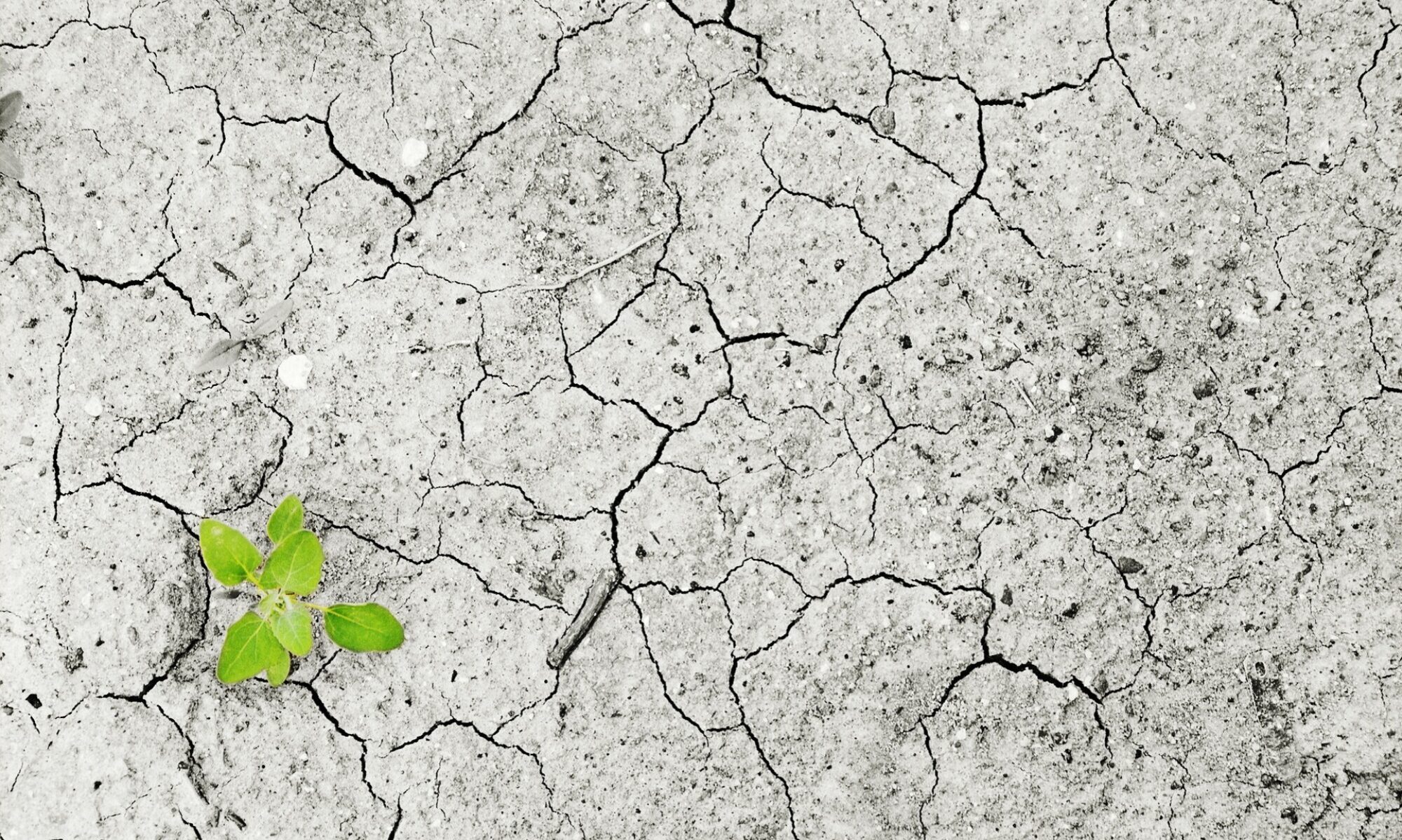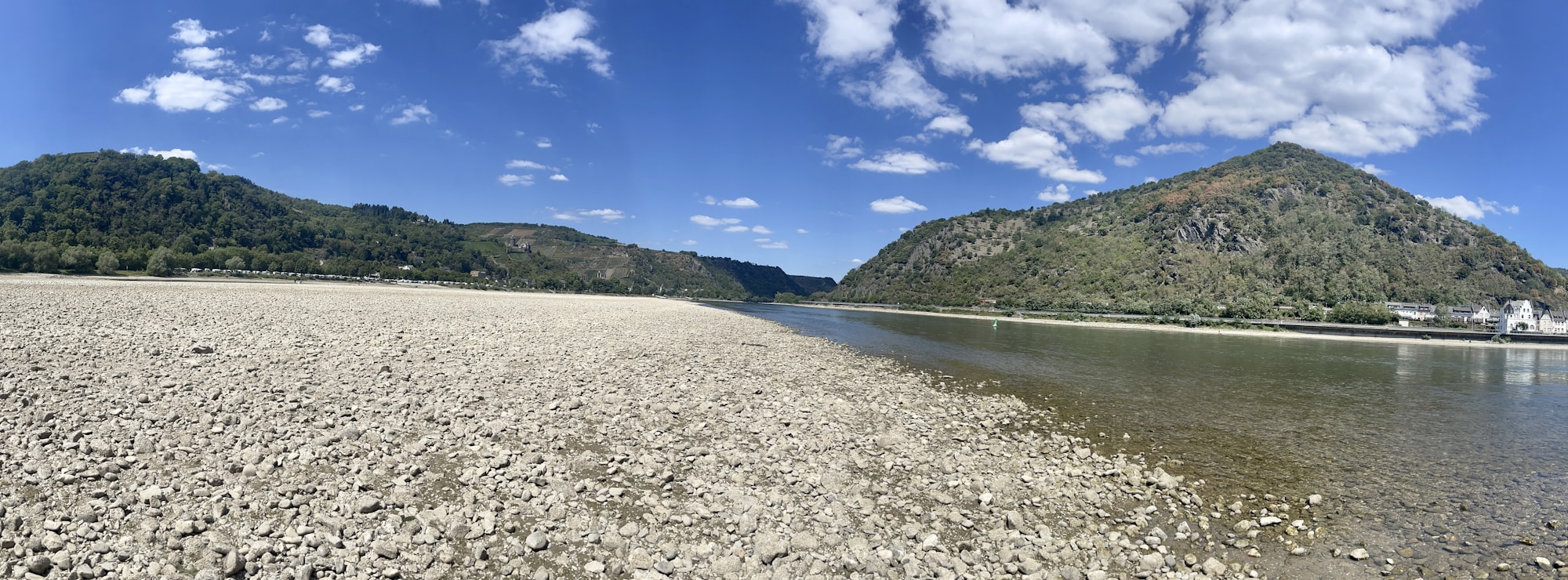24 September 2022 – by Cosmo Sanderson
A group of activists have filed the first-ever climate lawsuit against Russia’s government, demanding urgent action to cut greenhouse gas emissions in a country that is warming twice as fast as the global average.
The lawsuit was filed in Russia’s supreme court by plaintiffs including Ekozashita or ‘Eco-defence’ and the Moscow Helsinki Group, founded in the 1970s to expose human rights abuses in the Soviet Union.
In the 13 September filing seen by Reuters, the group says that “while temperatures around the world have risen by about 1°C compared to pre-industrial levels over the past 50 years, in Russia they have risen by 2.5°C and this ratio will continue or even worsen in the future.”
The group says the lawsuit is the first of its kind to be accepted by a Russian court.
Russia has pledged to cut its greenhouse gas emissions to 70% of their 1990 level by 2030. By 2050, it says it will cut emissions to 20% of the 1990 level.
But the group says the only way Russia can meet its obligations under the 2015 Paris Climate Agreement is to reduce its emissions to 31% of 1990 levels by 2030; and to 5% of 1990 levels by 2050.
Failure to meet those more ambitious targets could seriously imperil a country that has two thirds of its territory in the Arctic North, the group argues.
Those targets will only be made tougher by Russia’s war with Ukraine, which has aside from its immediate environmental destruction also prompted a reported global “gold rush” for new fossil fuel infrastructure.
Eighteen activists are also signatories to the lawsuit and the group told The Guardian that it faces “considerable risks” in taking a public stand in a country known for brutal crackdowns against dissent – especially following the invasion of Ukraine.
However, by taking the government to court, the group hopes that it will “save the lives of hundreds of thousands of people.”












